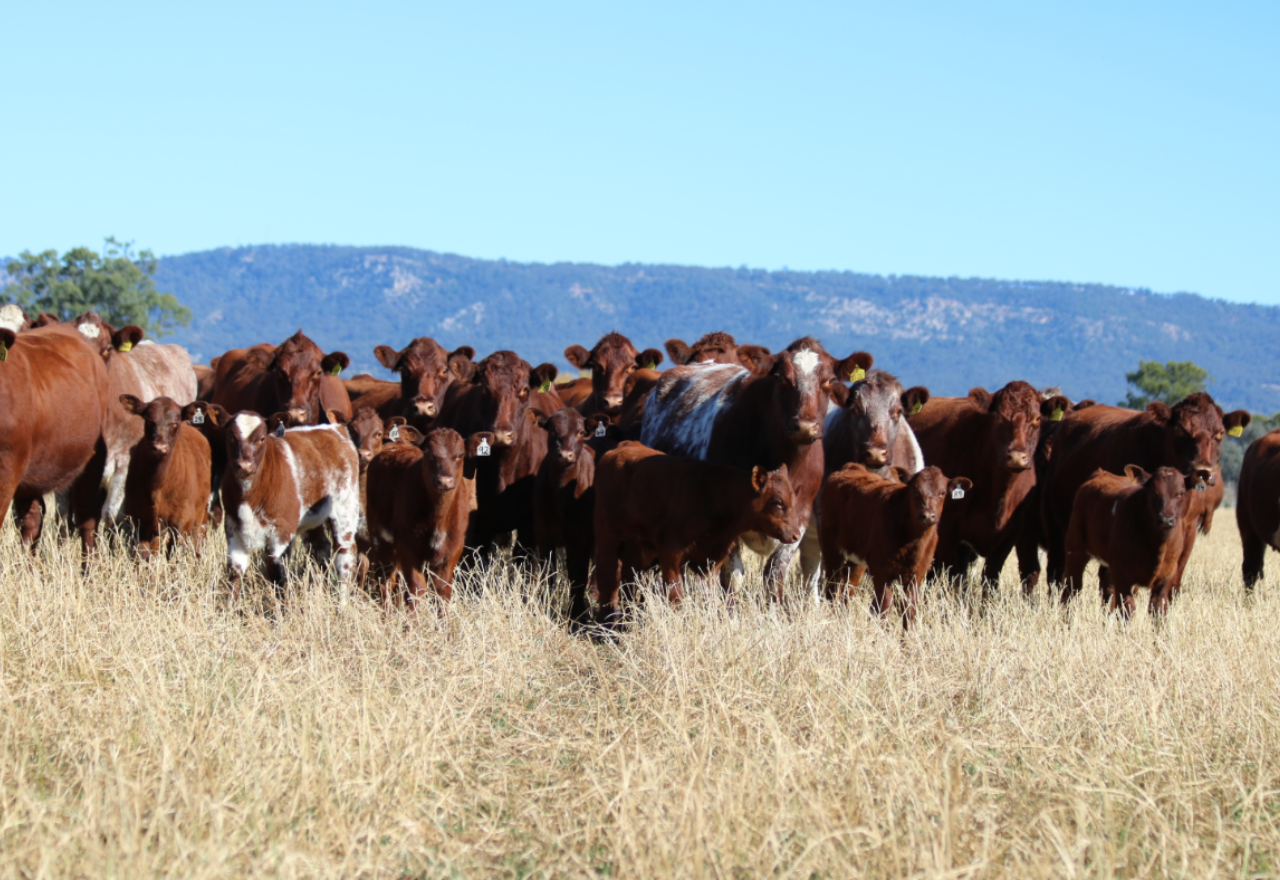2025 Beef Gross margin figures show encouraging signs for farmers
31 July 2025, 12:22 AM

New beef gross margin budget calculations show that returns from NSW beef enterprises have generally improved since October 2024, driven by rising cattle prices and strong performance in the feedlot sector.
The recent analysis from the NSW Department of Primary Industries and Regional Development (NSW DPIRD) shows that most enterprises have seen increased returns, although some coastal operations have faced significant challenges from flooding and increases in animal health costs.
Analysis shows returns from inland weaner production increased slightly from $39.79 /Dry Sheep Equivalent (DSE) to $42.07/DSE, while coastal weaners on improved pasture decreased from $41.83/DSE to $38.11/DSE.
Returns from producing feeder steers via a self-replacing herd increased significantly, from $52.14/DSE to $58.76/DSE. Similarly, gross margins from growing out purchased weaner steers to feedlot weights increased from $41.41/DSE to $69.46/DSE.
NSW DPIRD Beef Development Officer Todd Andrews said the latest gross margin figures show encouraging signs for most NSW beef producers.
“Despite some cost pressures, the overall uplift in cattle prices, particularly for Angus feeder steers and weaners but also for good cows, has strengthened returns across key beef enterprises,” Mr Andrews said.
“Angus feeder steer prices have increased by around 17% and this has pulled steer weaner prices up with it, as producers chase weaners for backgrounding operations.
“In contrast with weaner steers, weaner heifer prices have remained relatively stable, as demand for females has eased.
"Coastal weaner production is the only enterprise where gross margins have seen a decline.
“A mild autumn and early winter has led coastal producers to hold onto stock longer, and the onset of wet conditions has resulted in a large volume of cattle entering the market at once, affecting prices for off-type or flood-affected animals.”
The Australian feedlot sector continues to expand, with a record 1.5 million cattle currently on feed.
With this growth driven by both global and domestic factors, Australian feedlots are filling the gap left by reduced U.S. grain-fed beef supply, with local producers increasingly using feedlots to hedge against seasonal variability.
Mr Andrews said producers who can finish cattle on pasture and meet program requirements may still nonetheless achieve premium prices, particularly for crossbred weaner heifers currently trading at a discount.
“Looking ahead, fertiliser prices are more volatile due to fluctuating supply pressures and have increased since last year,” Mr Andrews said.
“After recent increases, transport costs have now stabilised, which is a relief for trading enterprises.
“Given the strong seasonal outlook into spring, producers who can manage costs, adapt their strategies, and maintain productivity will be well placed to take advantage of these favourable trading conditions moving forward.”
To view the full list of Beef Gross Margin Budgets for 2025 and previous years, please visit the NSW DPIRD website here –https://www.dpi.nsw.gov.au/agriculture/budgets/livestock

